VERITYI K.M.Nakai, 1983
Subgenus Dudleya
Distribution : USA (California: W Santa Monica Mts.); North-exposed volcanic rocks, 60 - 120 m, rare.
Description (according to J. Thiede in IHSP, 2003):
Stems 2 - 10 x 0.2 - 1 cm.
Rosettes 2 - 5 (-8) cm in diameter, with 6 - 10 leaves, in ± lax (denser in cultivation) cushions 10 - 40 cm in diameter and with 25 to > 100 rosettes.
Leaves oblong-lanceolate, acute to long-attenuate, upper face flat to slightly concave, lower face rounded, 2 - 5 x 0.4 - 0.8 cm, glaucous.
Inflorescence : Scape 5 - 15 cm, lowermost 3 cm bract-less, glaucous, often with violet tinge, inflorescence with 2 - 3 not or usually 1x branched ascending scorpioid branches (rarely obpyrarnidal), branches 2 – 5 cm, with 2 - 10 flowers, lowermost pedicels 3 - 5 mm.
Flowers : Calyx 5 - 7 mm, rounded below, sepals triangular, acute, 3 – 5 x 2 - 2.5 mm, corolla tubular, apically somewhat narrowed, petals oblong-lanceolate, reflexed to 90° or more, acute, 10 - 14 x 2.5 - 4 mm (middle), lemon-yellow, keel slightly green towards the tips, tube 1 - 2 mm.
Flowering time : May to June.
Cytology : n = 17
Erroneously associated with D. farinosa or D. caespitosa in the past. It differs from the first mentioned by its smaller size, leaf shape, petal colour and shape and the degree of spreading of the petal tips. Differences from D. caespitosa are petal shape and the degree of their spreading, and the diploid chromosome number.
It forms natural intersubgeneric hybrids with D. blochmaniae ssp. blochmaniae (Nakai l.c.).
In habitat :
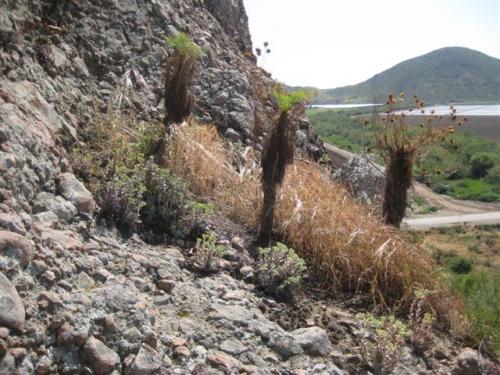
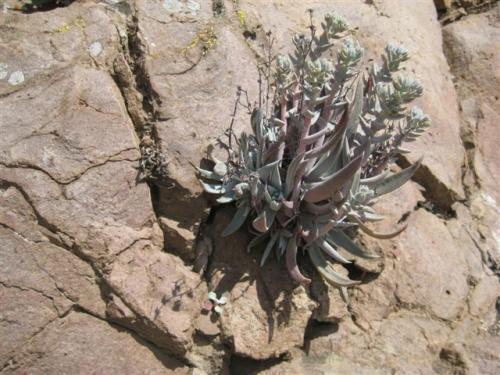
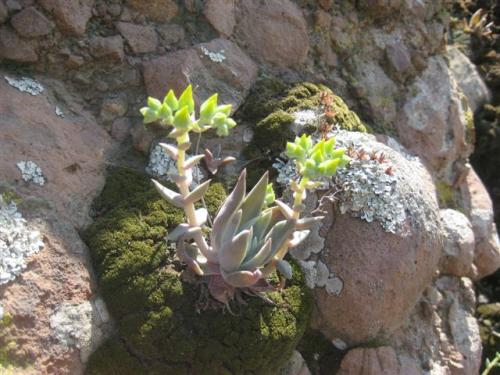
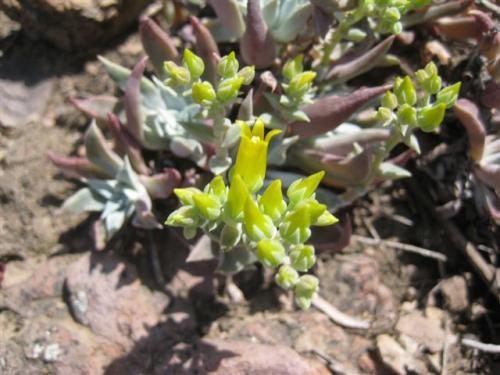
In winter :
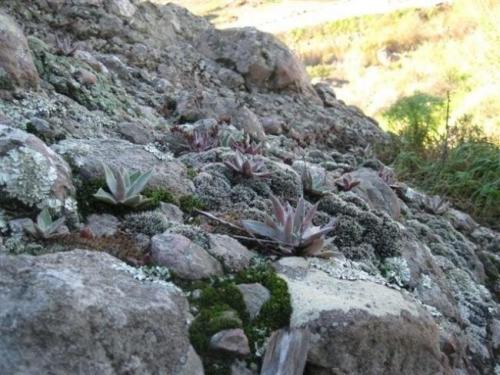
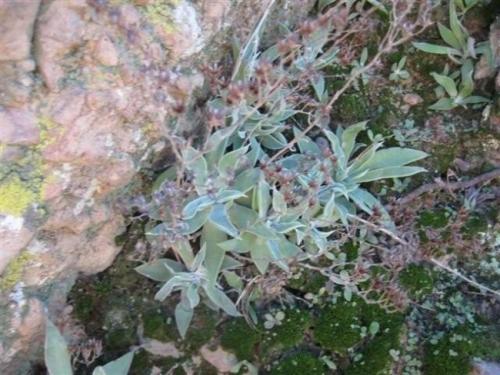
At Huntington Botanical Gardens, CA, USA :
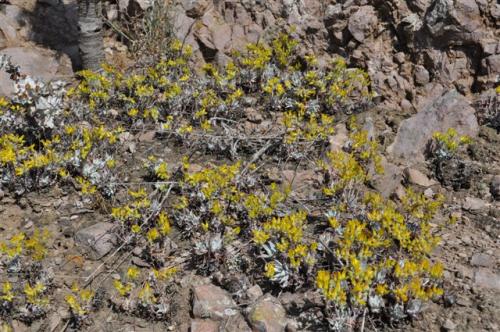
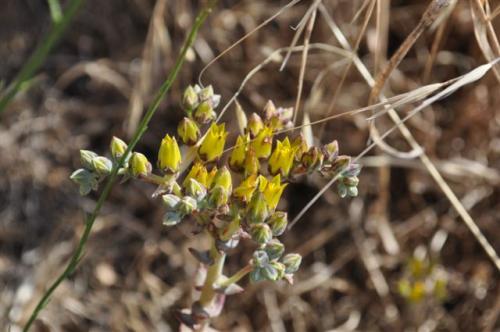
Photos Michael Wisnev